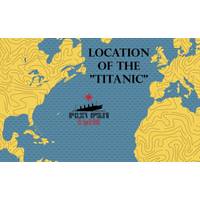
Missing Titanic Submersible Update: Searchers Detect Subsea Sounds
face major obstacles both in finding the Titan and in saving the people aboard, according to experts.In the event of a mid-dive emergency, the Titan's pilot would likely have released weights to float back to the surface, according to Alistair Greig, a marine engineering professor at University College London. But absent communication, locating a van-sized submersible in the vast Atlantic would prove challenging, he said.The submersible is sealed with bolts from the outside, preventing occupants from escaping without assistance even if it surfaces.If the Titan were stuck on the ocean floor,
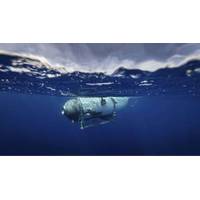
Titanic Tourist Sub Still Missing as Rescuers Race Against Time
challenges both in finding the Titan and in saving the people aboard, according to experts.If the submersible experienced an emergency in mid-dive, the pilot would likely have released weights to float back to the surface, according to Alistair Greig, a professor of marine engineering at University College London. But absent any communication, locating a van-sized submersible in the vast Atlantic could prove challenging, he said.If the Titan is on the ocean floor, a rescue effort would be difficult due to the extreme conditions more than two miles below the surface. The Titanic lies 12,500 feet
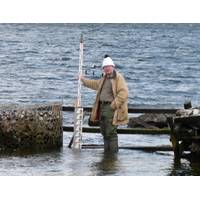
Obituary: Dr. David Thomas Pugh (1943-2022)
;s life in science.David Thomas Pugh was born in wartime on July 13, 1943. Although his birthplace was Liverpool, where his father was a police officer, the family moved shortly afterwards to Trefnanney in Powys where his two parents taught at the same school. He was an undergraduate at University College London and was awarded a PhD in Geodesy and Geophysics from Cambridge University in 1968. His thesis was entitled ‘The Thermal Environment of the Deep-Sea Floor’. This work involved David in his share of sea-going, in the company of scientists from the National Institute of Oceanography
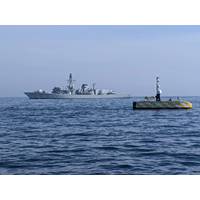
Autonomous Navigation – with or without GNSS
the development and delivery of all products and systems, including those for marine autonomy applications. Before joining Sonardyne, Malik spent nine years working in the software industry on various development and systems integration projects. He has an MSc in Hydrographic Survey from University College London
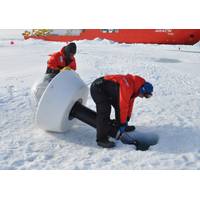
EcoLight AZFP Buoy to Monitor Light and Under-Ice Zooplankton
by available backup battery capacity. This satellite link is bi-directional allowing for the downloading of data as well as the ability to reconfigure instrument parameters remotely.Others involved in this project include Dr. Lovro Valcic (Bruncin Observation Systems); Dr. Julienne Stroeve (University College London); Dr. Michael Karcher (Ocean Atmosphere Systems—OASys); Dr. Hauke Flores (AWI); Dr. Gaëlle Veyssiere (BAS); Dr. Marcel Nicolaus (AWI); Dr. Frank Kauker (OASys); Dr. Mario Hoppmann (AWI) and Dr. Joo-Hong Kim and Dr. Eun-Jin Yang (Korean Polar Research Institute—KOPRI)
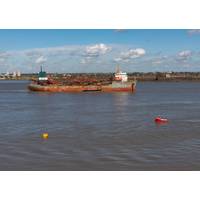
PLA, USS Support University College London Course
The Port of London (PLA) Hydrographic department teamed up with Unmanned Survey Solutions (USS) to provide educational support to University College London’s (UCL) IHO CAT A course in Hydro-graphic Surveying.The PLA have supported the University by providing lectures in current Hydrographic techniques and equipment as well as supporting their student field projects. However, due to COVID-19 restrictions, the final element of this year’s support had to be conducted virtually. The PLA, in conjunction with the USS and UCL, devised a two-week schedule which incorporated a combination
Tracking Ship Emissions from Space
A new ground-breaking study by University College London (UCL) Energy Institute, Imperial College and the University of Oxford shows how satellite tracking could be used to monitor compliance with the upcoming IMO 0.5% sulfur emission regulations and Emission Control Areas (ECA).Research conducted by their own researchers, UCL Energy and the University of Oxford and published today in Geophysical Research Letters, has unveiled discoveries that appear important on many levels for they describe the impact of shipping emissions on the climate: because fossil fuel emission particles from ships affect the
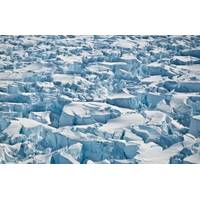
Accelerating Antarctic Thaw Speeds Sea Level Rise
Dutch coast.Under the 2015 Paris climate agreement, almost 200 governments set a goal of phasing out fossil fuels this century to limit warming. U.S. President Donald Trump plans to pull out of the pact and to focus instead on U.S. jobs and coal.Chris Rapley, a professor of climate science at University College London who was not involved in the study, wrote in a comment that he had suggested in 2005 that a “slumbering giant (of ice in Antarctica) seemed to be awakening. This paper suggests it is stretching its limbs.”Reporting By Alister Doyle; Editing by Matthew Mpoke Big
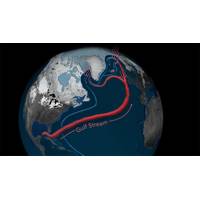
Atlantic Ocean Circulation at Weakest Point in 1,600 Years
A key cog in the global ocean circulation system hasn’t been running at peak strength since the mid-1800s and is currently at its weakest point in the past 1,600 years, as suggested by new research led by University College London (UCL) and Woods Hole Oceanographic Institution (WHOI). If the system continues to weaken, it could disrupt weather patterns from the United States and Europe to the African Sahel, and cause more rapid increase in sea level on the U.S. East Coast.When it comes to regulating global climate, the circulation of the Atlantic Ocean plays a key role. The constantly moving



 February 2024
February 2024





